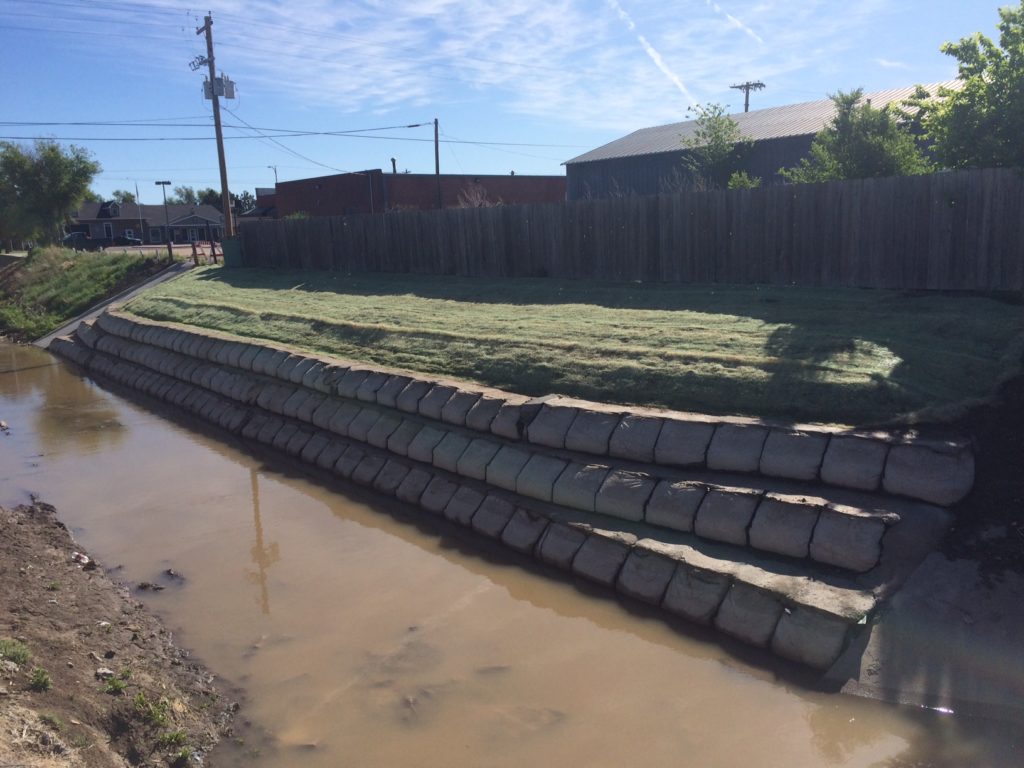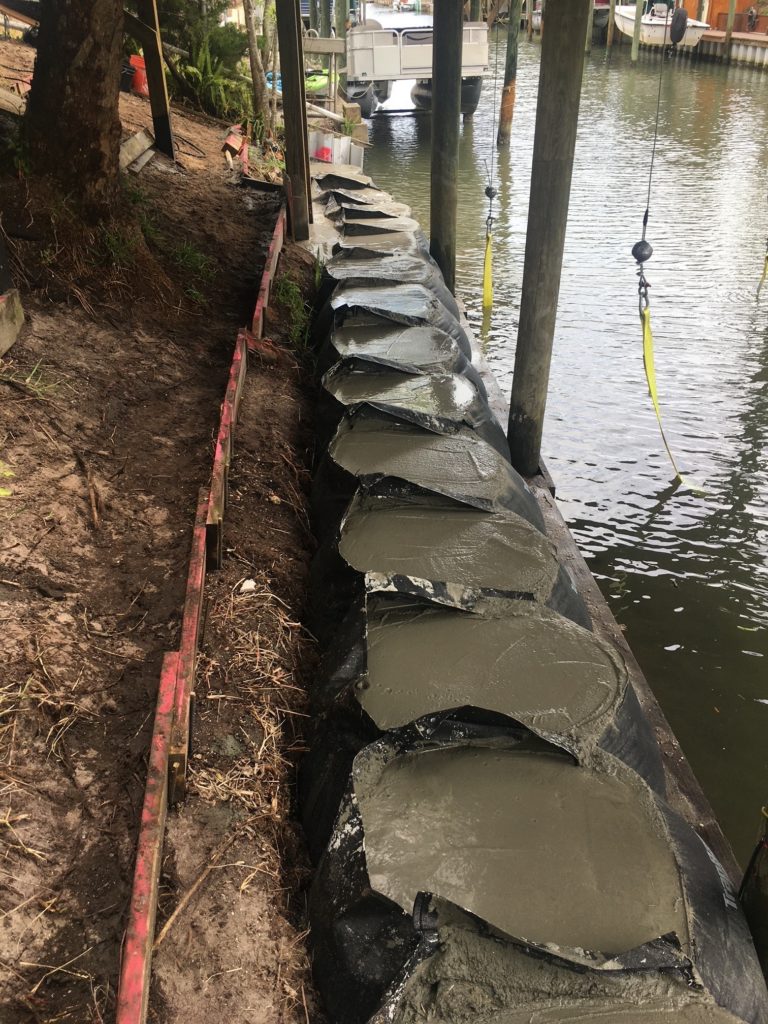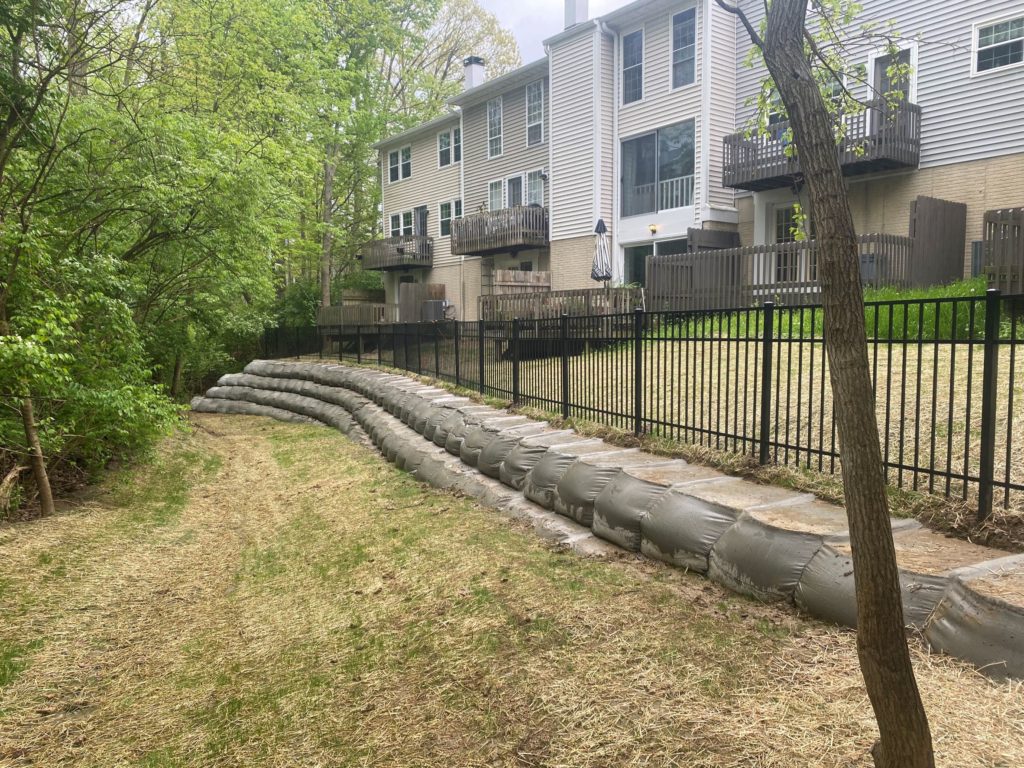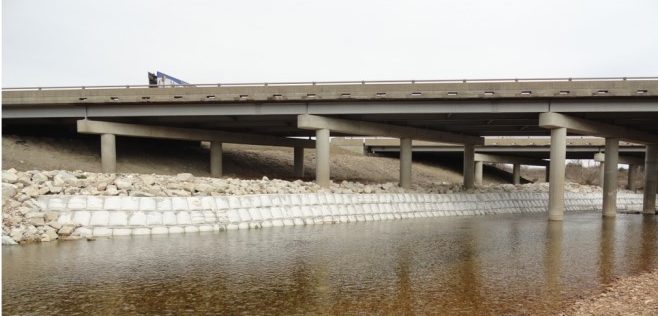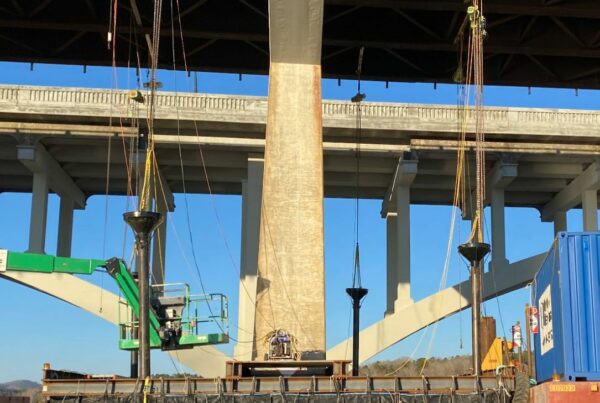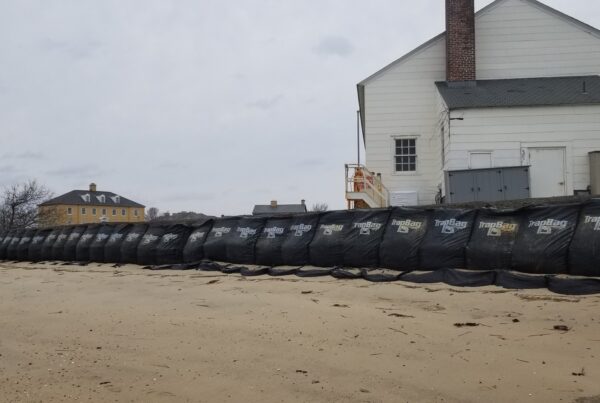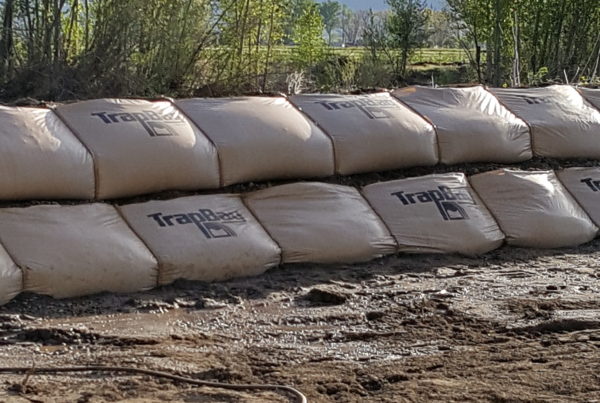Waves are constantly crashing against coastal beaches, cliffs, and shorelines. This puts natural habitats, neighborhoods, and infrastructure like highways and bridges at risk of damage as the shore erodes. Luckily, seawall installation can be a great solution to protecting and stabilizing coastlines.
Seawall Installation
Related Projects
Using TrapBag® for Seawall Installation
Alternative to Sandbag Seawalls
Sandbags have been used to create and reinforce seawalls for hundreds of years. However, other types of seawall materials could better support these structures—or serve as the structures on their own. Possible long-term options might include using steel, boulders, recycled roadway materials, or TrapBag barriers filled with concrete.
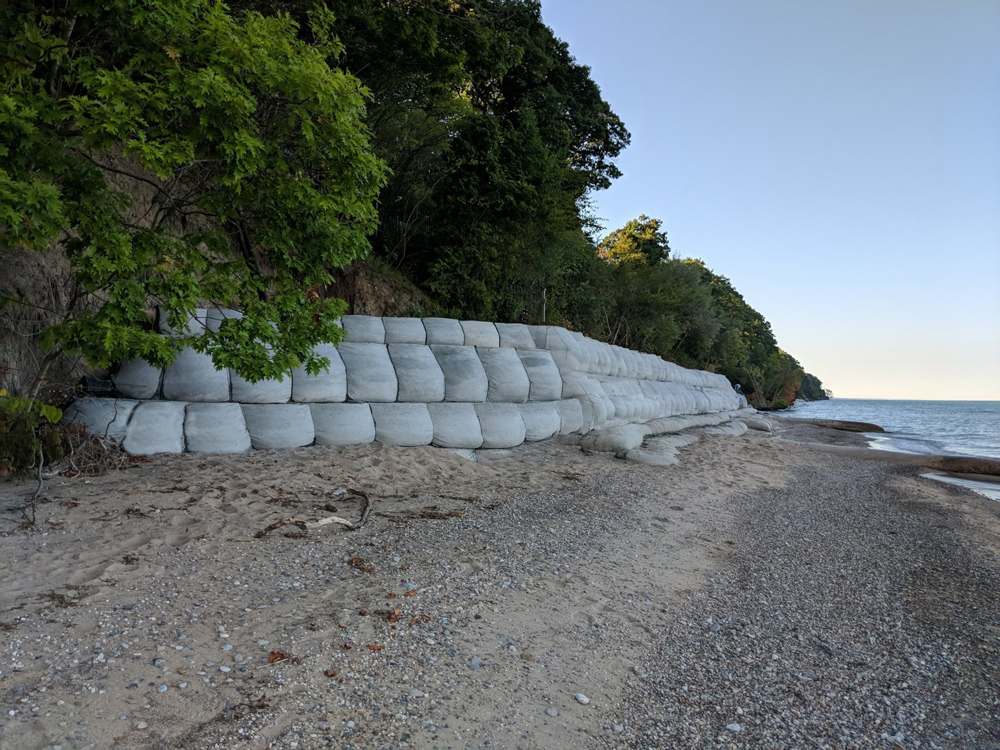
Types of Seawalls You Can Build
There are multiple different types of semi-permanent and temporary seawalls, all of which you can construct or reinforce with TrapBag and other types of materials. These include:
- Vertical seawalls: These are upright walls similar to what you’d find in most building projects. Most vertical seawalls can be made using concrete or materials like TrapBag. They’re effective at blocking large, constant wave action from hitting the shore and eroding the land. However, because they take direct hits from the waves, they require more maintenance and repairs.
- Curved seawalls: These seawalls have a concave shape that turns the wave energy back on itself. However, because they’re a more customized shape, they may require more materials and can be more expensive to build with traditional materials.
- Mound seawalls: Similar in concept to a levee, mound seawalls use rocks, soil, sandbags, or concrete-filled barriers like TrapBag to build a hill that protects the shoreline. Using TrapBag to create a base for mound seawalls is more cost-effective and requires less time and labor than installing traditional rip rap.
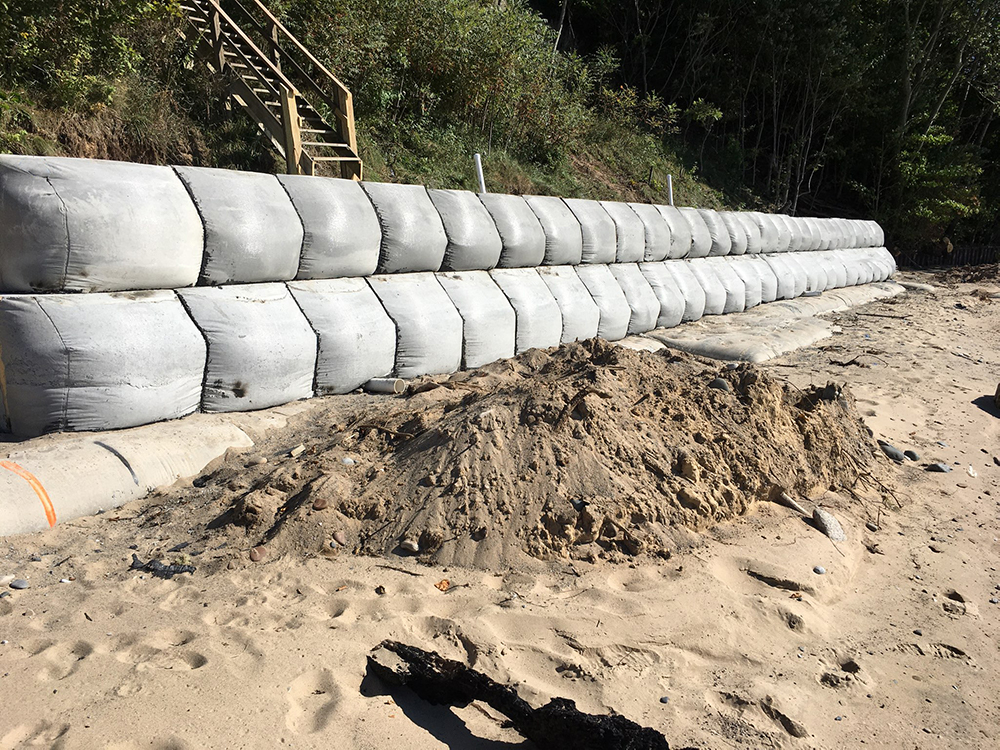
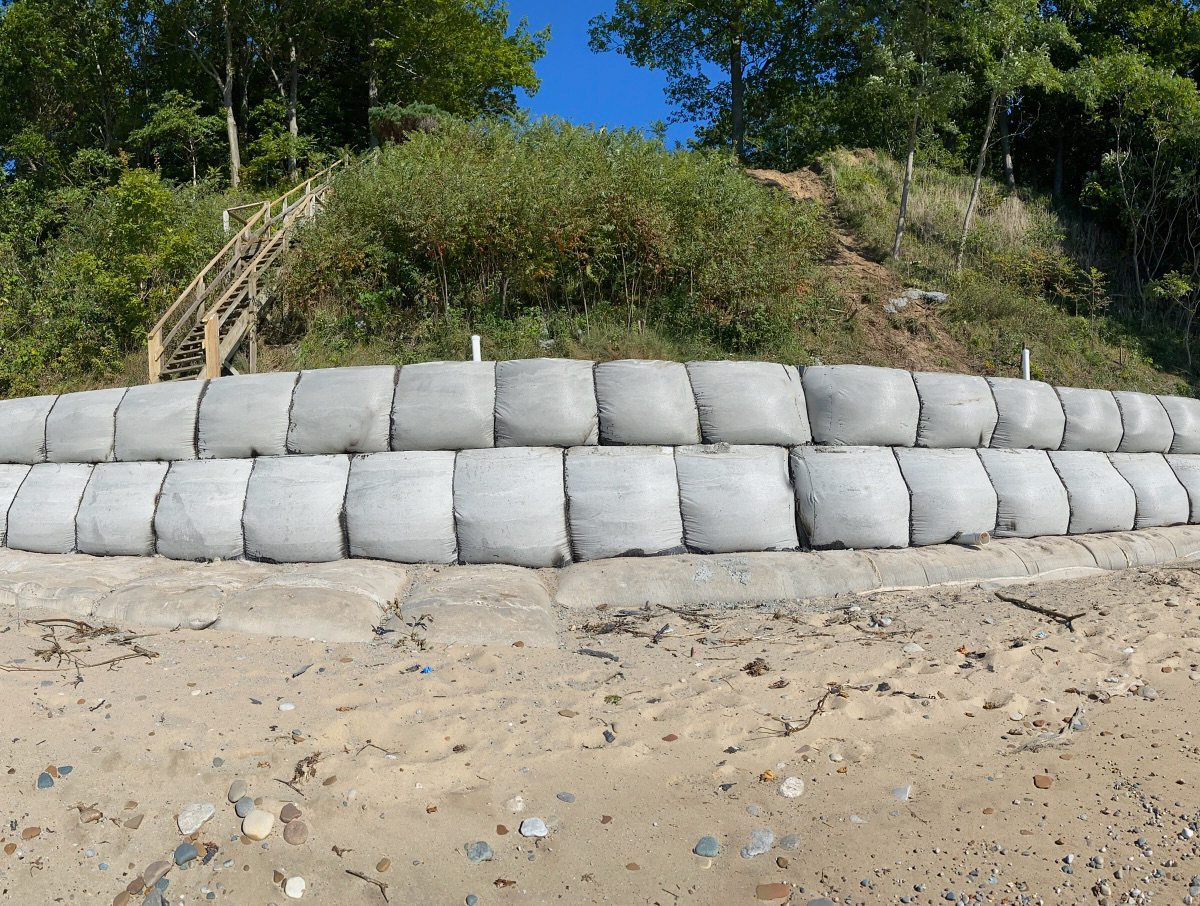
How to Set Up a TrapBag Seawall
TrapBag barriers consist of pentagon-shaped bags made from high-durability textiles. Each cell in the barrier is sloped on one side, vertical on the other, and open at the top. The cells are connected side by side like a watertight accordion, making them a great solution for temporary seawall construction.
Setting up TrapBag as part of your seawall requires three easy steps:
- Open the packaging: The entire TrapBag unit comes folded up in its packaging. Remove it from the package and stretch the barrier out to its desired length, up to 50 feet.
- Fill the cells: You and a small team can do this either manually with shovels and buckets or all at once with two people and a dump truck or bulldozer. Concrete is the best material to use for TrapBag seawalls.
- Place or stack the barrier where needed: Place the TrapBag along the shoreline to protect it from erosion. You can also stack the units on top of each other if needed to protect the shore from larger waves and tides.
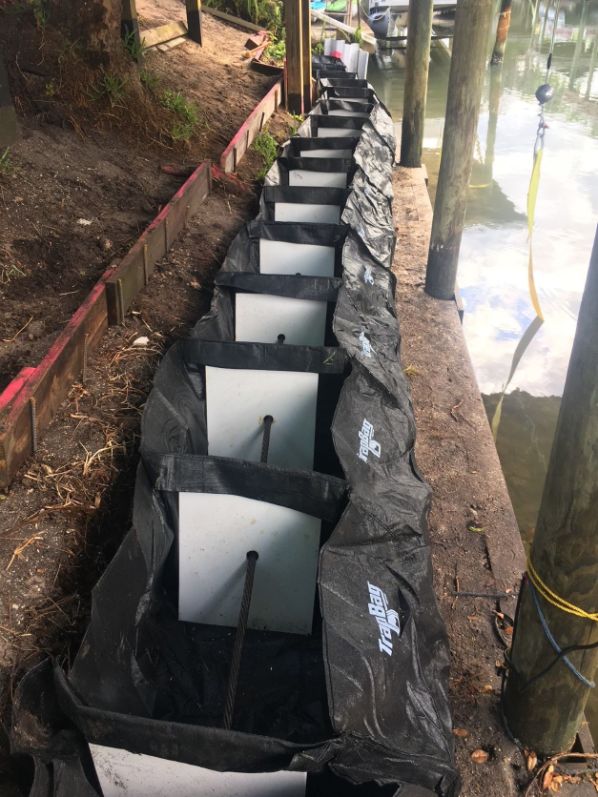
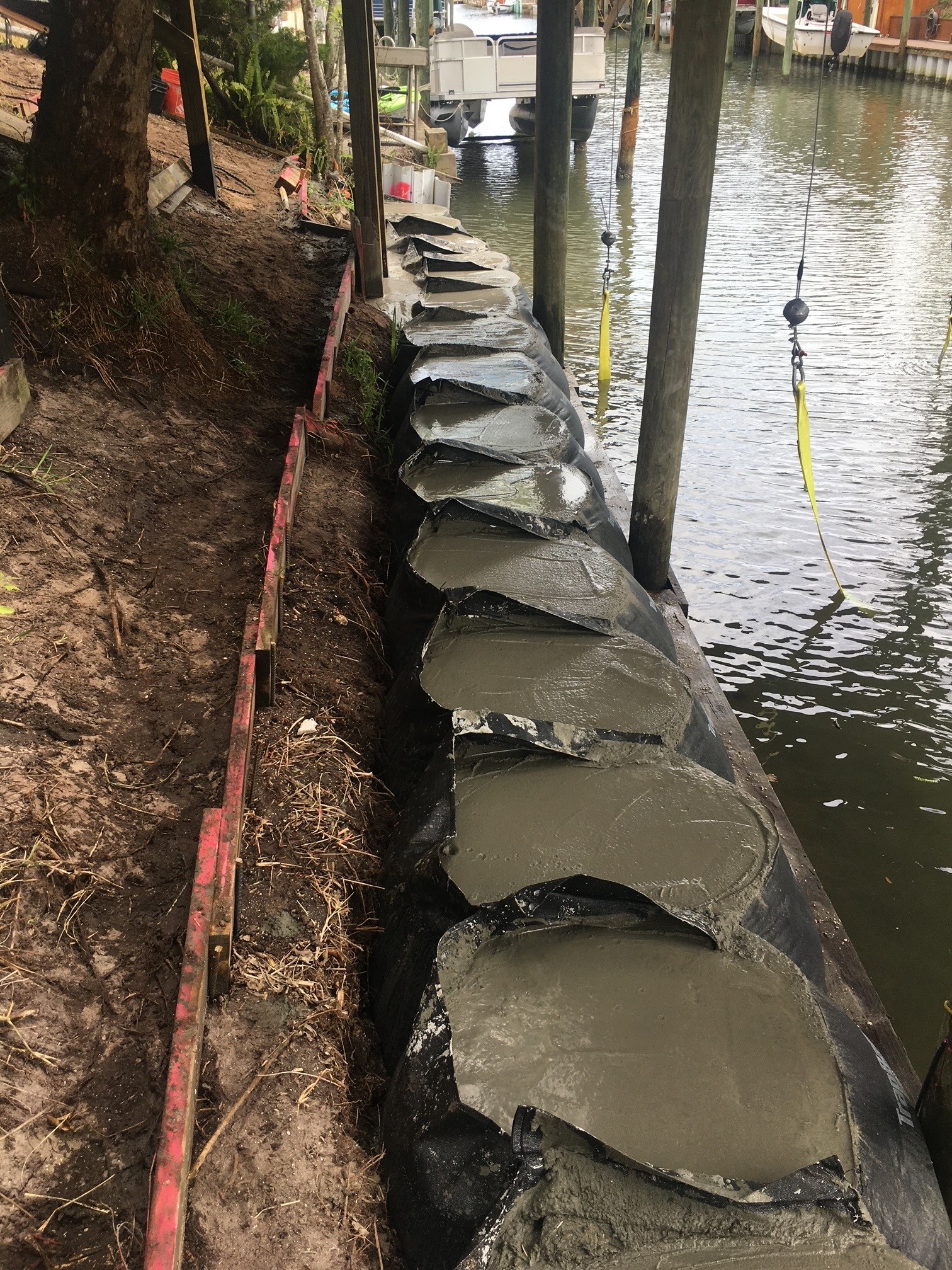
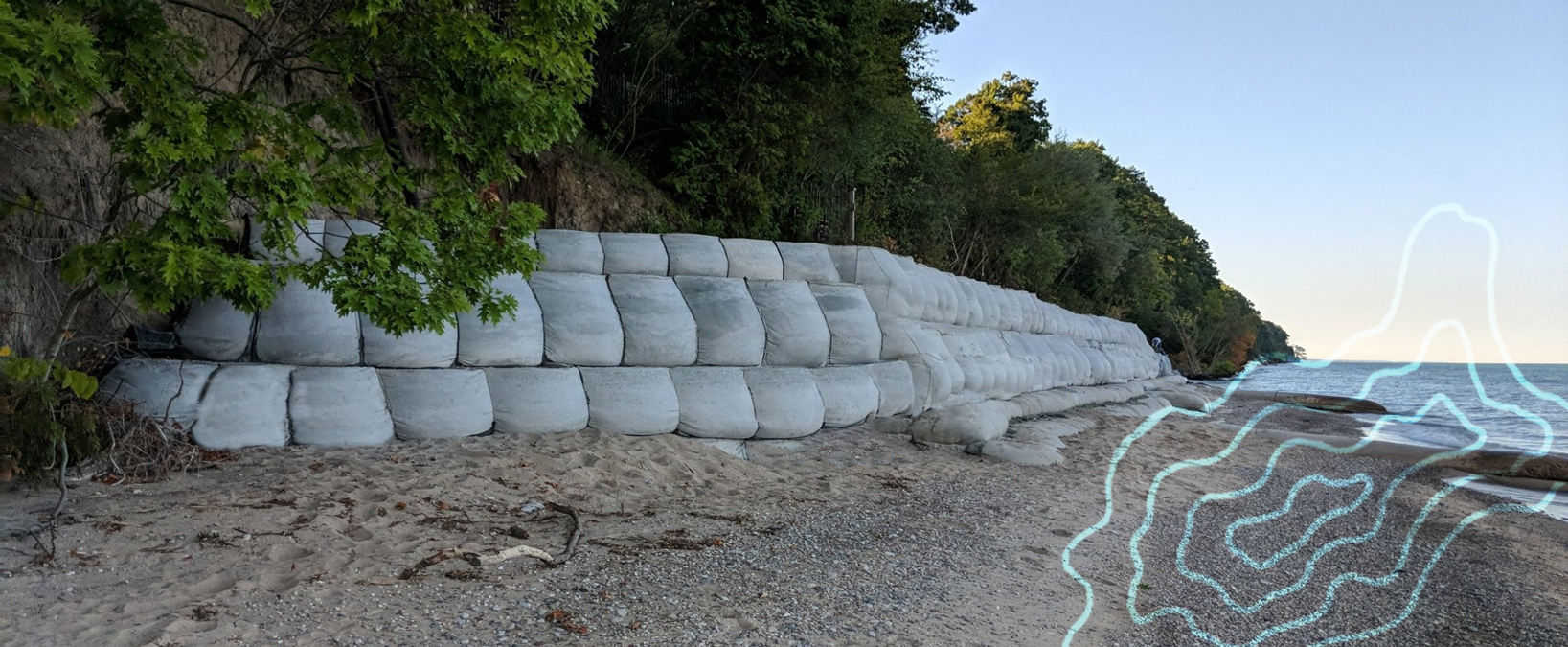
Who Should Use TrapBag for Seawall Construction?
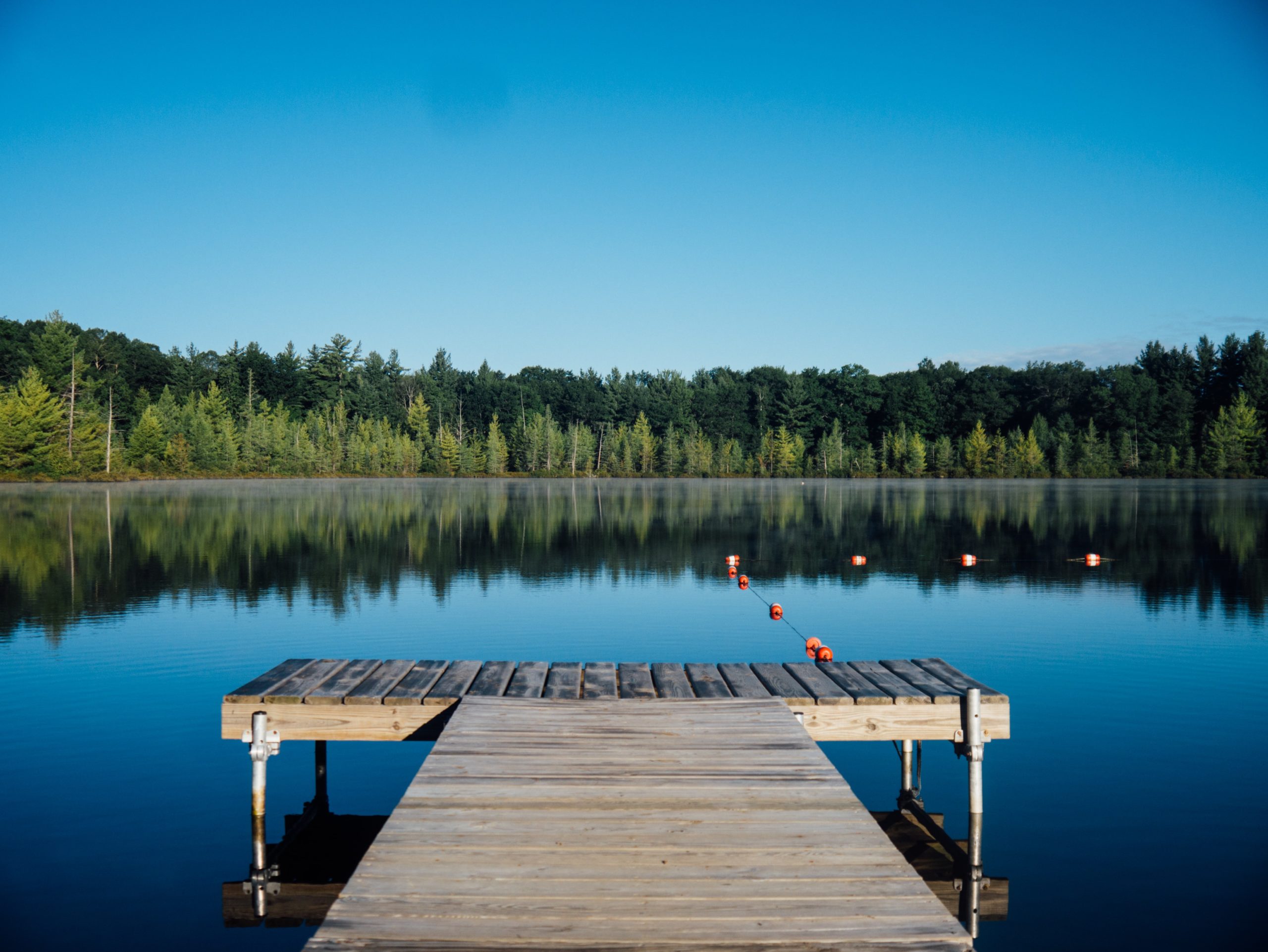
Environmental Protection Services
Wave action from freshwater and seawater can be even more devastating for wetlands, nature preserves, and other natural habitats than they are for coastal communities. However, environmental services at all levels of government can use TrapBag to build and reinforce seawalls. This protects these vulnerable and important natural areas from erosion.

Government Organizations
Municipalities, counties, and state agencies usually have to deal with tight budget constraints, even for essential preventative services like protecting coastlines from erosion. Local agencies have been using TrapBag barriers as seawalls for preventative and emergency use for years from coast to coast.
Emergency Management Groups
TrapBag is also available 24/7 to provide rapid delivery for emergency management agencies that need temporary seawalls to protect shorelines before hurricanes and other coastal flooding and wave action threats. They can also be used to stabilize shorelines after the storm has passed, making them a versatile solution for coastal erosion.
Choose TrapBag for Your Seawall Installation Needs
TrapBag is a quick, easy-to-install solution for seawalls, making it an essential part of any coastal emergency management plan. To learn more about how TrapBag can protect neighborhoods, roads, and properties, call us at (239) 674-6611 or visit our online shop today.
For immediate assistance please call (239) 674-6611.
We are available 24/7.
Frequently Asked Questions (FAQ)
How Does Installing a Seawall Mitigate Flood Damage?
Seawalls can mitigate coastal flood damage by preventing waves from reaching vulnerable shorelines. This is especially helpful during periods of hurricane activity, tsunamis, and high tides.
How Long Do Seawalls Last?
Seawalls can last up to 50 years, depending on the materials used to make it, where it’s located, and how well it’s maintained. However, they can fail much sooner if they’re made with lighter materials or along particularly active shorelines.
Even more, prolonged use of seawalls can make shoreline erosion worse. This is why most organizations prefer to only use them as temporary countermeasures rather than long-term solutions.


